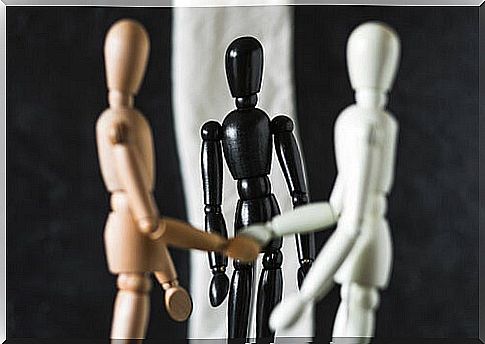What Is Behavioral Economics?

Behavioral economics emerged around the 1980s. It is a discipline that combines knowledge of psychology and sociology with tools and knowledge of economists.
Behavioral economics aims to describe optimal behavior and predict actual behavior. Thus, models of economic behavior can be developed that are applicable to real situations. In this sense, the discipline is experiencing a golden age, as its applications are reaching public policies, marketing and the world of work.
What issues does it address?
Behavioral economics attempts to understand and explain the motivations, decisions, and influence of incentives. More specifically, its key topics include: behavioral analysis of incentives and motivations, social influence, heuristics, and planning.
-
Incentives and motivations
Money has traditionally been viewed as the greatest incentive, and motivations can be intrinsic and extrinsic. Behavioral economics has also tried to study the influence of social motivations.
To do this, they make use of a well-known game, the ultimatum game (Güth et al., 1982). In it they indicate to participant “A” that he has an amount of money to share with participant “B”. On the other hand, participant B is given the opportunity to accept or reject the offer. In the event that he rejects it, neither of them would receive anything.
This game has shown that people are more generous than expected and that depends on the aversion to inequality. On the one hand, disadvantageous inequality may be disliked. In it, you feel that you yourself are a victim of inequality. And on the other, the advantageous is when inequality is perceived with respect to those around us.
-
Social influences
The social influences that can affect our decisions can be informative or normative. The informative ones are those in which, due to lack of information, we look at what others are doing and act accordingly. The regulations, meanwhile, have to do with the pressure we feel from the group.
An example of these influences is when when in doubt about which camera to buy, we review the opinions of other users. In this way, the decision is easier and faster, and the cognitive challenge less.

-
Heuristics, risk and bias
Heuristics is a set of rules that we use in decision making to simplify the process. Often times they work well, but other times they create biases. Kahneman and Tversky identified three categories of rules:
- Availability: use easily accessible information. This information can be emotionally vivid or recent in content and distorts our perception of risk.
- Representativeness: a situation is judged by its resemblance to others that we already know.
- Anchoring and adjustment: the decision is made based on a reference point.
According to these biases, it is understood that a person will make decisions in a mainly stable way. If you ever make a risky decision, it is understood, due to your biases, that you will act like this at other times.
-
Time and planning
Regarding time, behavioral economics studies our ability to make decisions that involve time planning. Just as economics understands that we develop stable risk patterns, stable preferences can also develop.
Behavioral economics has found that in the short term we act very impatiently (present bias). However, when it is a decision that will take place over a long period of time, we prefer to postpone it. For example, I’d rather buy a headset today than tomorrow. But if I have to spend a lot of money on a car, I prefer it to be within a year and a month rather than within a year.
This same bias is related to overeating, difficulty giving up nicotine, or getting rid of other habits. Such is the interest of these findings from Behavioral Economics that it has even begun to generate economic benefits. An app called Beeminder takes advantage of this bias and charges you every time you postpone your goal.
Where it goes
As previously mentioned, all these findings and simple instruments make this discipline on the rise. Their results are easily applicable to other areas, and even applied research groups are showing increasing interest in incorporating their methods, from neuroscientists to computer scientists.
On the other hand, the knowledge derived from this discipline may be relevant for financial markets and macroeconomics in general. For this reason, large-scale computational models and machine learning are already being developed with the aim of developing consistent and meaningful macroeconomic models and applicabilities. These advances will undoubtedly come sooner rather than later.









